- For Builders
- For Consumers
Strength-to-Weight Ratio
Steel has highest strength-to-weight ratio compared to most conventional building materials hence is simply a superior choice
Engineering Design Flexibility
Steel offers much longer span and open plans compared to Timber allowing infinite & unrestricted possibilities of innovative design & layout.
Camber Support
Steel is straight unlike timber which is naturally camber and may require structural support to counteract deflection. This also makes timber members hard to connect. Steel frames do not have these issues.
Consistent Quality
Steel is produced with strict AS construction code and Australian standards and had consistent material quality unlike timber which has too many variable.
Trades Piece of Mind
Steel frames are pre-punched with service holes for electric and plumbing services.
Accurate construction
Steel frames are cut to precise specifications for more accurate construction.
Faster Assembly Time
Steel frames are up to 50% faster to construct compared to timber frames due to the precision and accuracy of the prefabrication, reducing the build time and labour cost.
Tools & Equipment’s
Steel frames are easy to assemble with minimum tools. No cutting equipment’s and nail guns required making installation less labour intensive.
Cladding Material
In general, any cladding (brick veneer, light weight concrete, boards, hebel, tiled roofs & etc.) used with timber frames can be adapted with steel frames.
Weather Impact
No downtime due to poor weather conditions. No drying out period resulting faster lockup stage.
Structural Strength
Steel frame members are connected with rivets and screws vs nails in case of timber frames hence steel frames offers stronger connections.
Material Wastage
Steel framing produces much less waste (2% for steel vs 20% for timber).
Finished Product
Steel frames delivers better finished product with straight walls and square corners.
Maintenance Issues
Steel frames do not have any major settling problems that can cause cracks and more maintenance call back.
A Better Habitat
Steel is unappealing to pests, fungi and rodents.
Steel’s high resistant to mold (a significant cause of poor indoor air quality and can cause respiratory ailments) makes it ideal choice over timber.
Structurally Stronger
Steel frame house requires less maintenance overs the years. Steel’s high Strength-to-Weight ratio makes it structurally strong. It’s light weight limits structural movements. Lighter structure with stronger connections allows better tolerance to seismic force & high winds.
Non-Combustible
Unlike timber, Steel do not contribute to fire. Steel is non-combustible and can restrict tragic loss from fire. Contradictory burning Timber releases toxic gases & smoke.
Termite Resistant
Steel is termite resistant material as per the building code of Australia. With Steel frames, you do not have to install terminate barriers (Chemical or physical) so there is an on-going savings of terminate inspection & treatments. In general, Insurance premium for Steel frames homes is less than Timber frames homes. Most home insurance policies do not cover terminate damage (a common problem with timber).
Reduced Maintenance & Repair Cost
Steel is better against water damage than timber. It does not expand or contract with moisture.
Steel frames do not bow, bend, warp or twist that can cause openings to stick and jam. Steel frame windows and doors open and close as they should.
Steel frames do not shrink, creep or swell as they do not go through moisture absorbing and drying out process.
Better Health, Better Tomorrow.








